PPT-7D57 Copycat
Author : giovanna-bartolotta | Published Date : 2016-03-09
Types of Reproduction Background You are not an exact copy of your two parents There are many animals like us that also do not make exact copies of themselves However
Presentation Embed Code
Download Presentation
Download Presentation The PPT/PDF document "7D57 Copycat" is the property of its rightful owner. Permission is granted to download and print the materials on this website for personal, non-commercial use only, and to display it on your personal computer provided you do not modify the materials and that you retain all copyright notices contained in the materials. By downloading content from our website, you accept the terms of this agreement.
7D57 Copycat: Transcript
Download Rules Of Document
"7D57 Copycat"The content belongs to its owner. You may download and print it for personal use, without modification, and keep all copyright notices. By downloading, you agree to these terms.
Related Documents

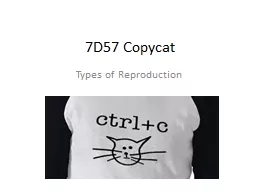
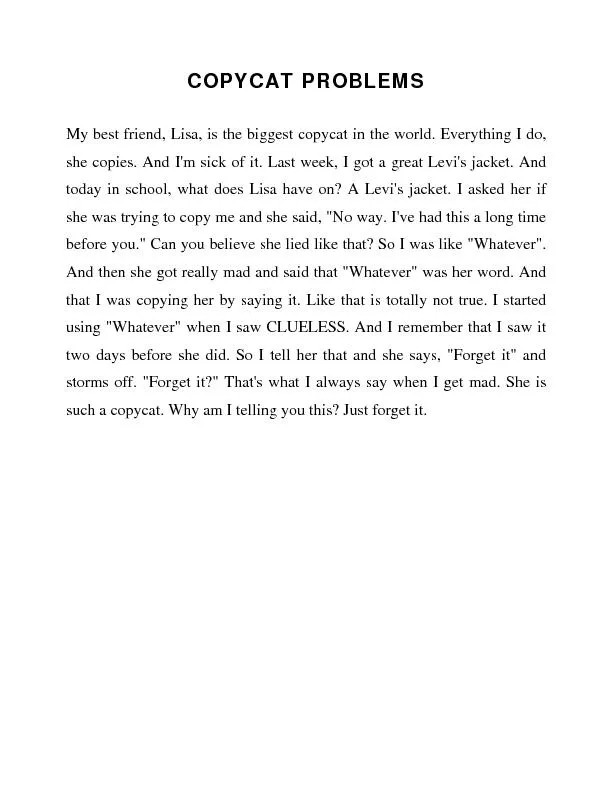
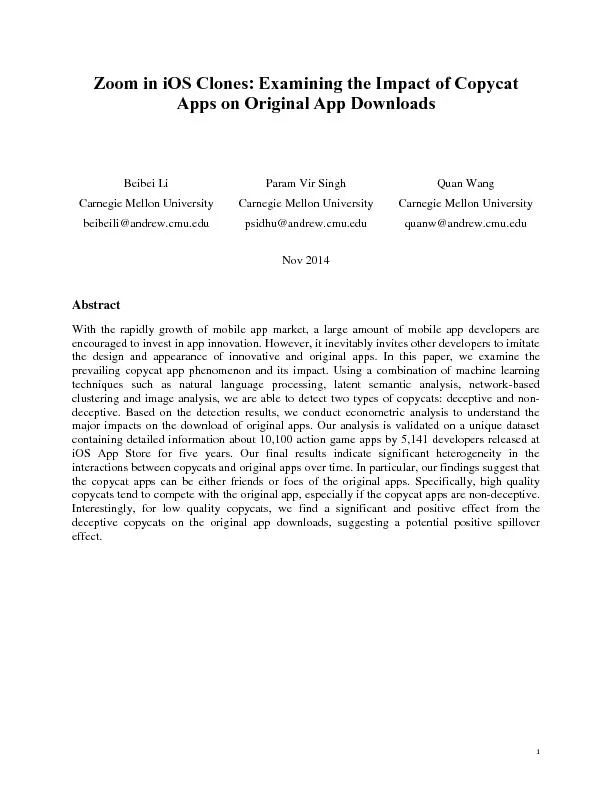
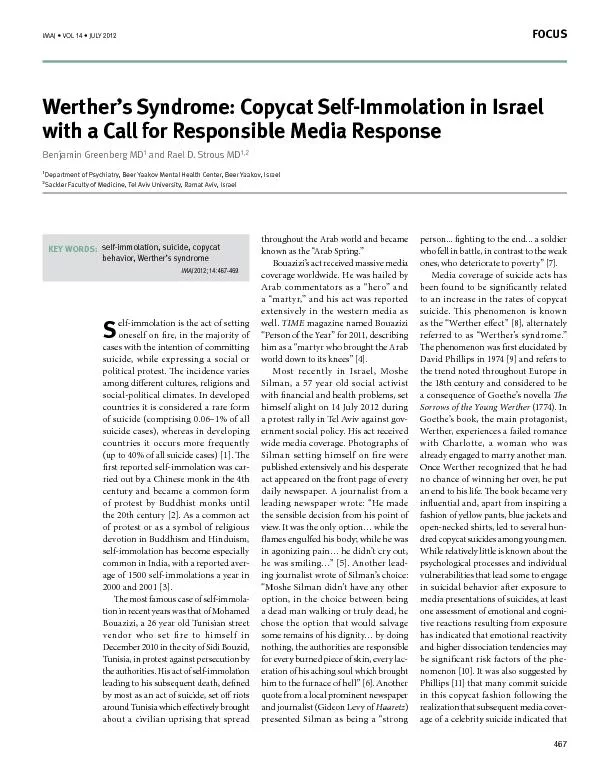


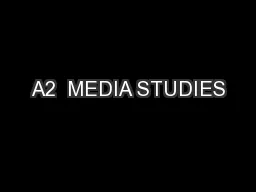
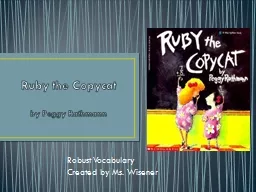
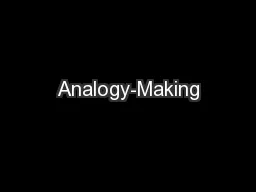
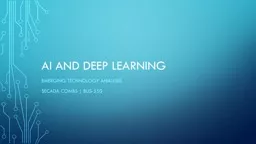
![[DOWNLOAD] - Copycat Cooking With Six Sisters\' Stuff: 100+ Popular Restaurant Meals](https://thumbs.docslides.com/892727/download-copycat-cooking-with-six-sisters-stuff-100-popular-restaurant-meals-you-can-make-at-home.jpg)